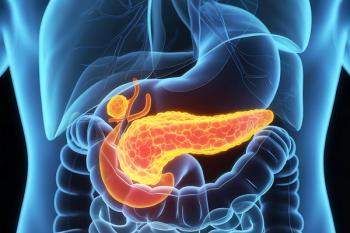
- The Column-08-05-2011
- Volume 7
- Issue 14
Seeing separations
An application of NMR/MRI technology has been developed for the characterization of flow and the detection of fast, small molecule separations within hyper-cross-linked polymer monolithic chromatography columns.
An application of NMR/MRI technology has been developed for the characterization of flow and the detection of fast, small molecule separations within hyper-cross-linked polymer monolithic chromatography columns.1 As well as demonstrating the potential for direct and remote use of magnetic resonance in studying chromatographic processes, the researchers also report it could be an important step in developing portable chromatographic devices.
According to the study, the hyper-cross-linked polymer monolithic columns exhibited excellent ruggedness, with a transit time relative standard deviation of less than 2.1%, after more than 300 column volumes were pumped through at high pressure and flow. Using magnetic resonance imaging the researchers were able to take high-resolution intensity and velocity-encoded images of mobile phase flow through the monolithic columns. The study found that the presence of a polymer monolith within the capillary disrupted the flow profile of the mobile phase, resulting in an equal distribution of analytes and mobile phase throughout the monolith in a radial direction. In-line monitoring of chromatographic separations of small molecules at high flow-rates was also shown.
1. T.Z. Teisseyre et al., Anal. Chem., published online 7 June 2011.
Articles in this issue
over 14 years ago
Medical centre joins innovation programmeover 14 years ago
D detectionover 14 years ago
Jelly babiesover 14 years ago
An Improved Multi-Residue Pesticide Screening Method Using GC-MSover 14 years ago
Introducing High-Definition GC-MSNewsletter
Join the global community of analytical scientists who trust LCGC for insights on the latest techniques, trends, and expert solutions in chromatography.





